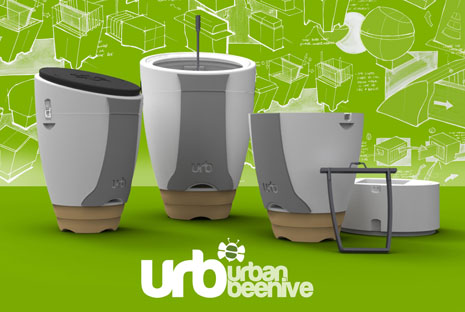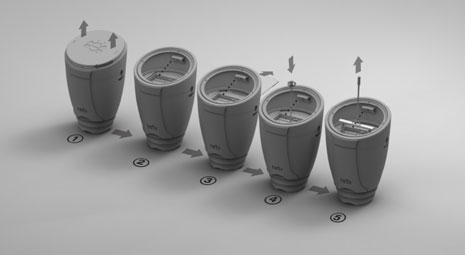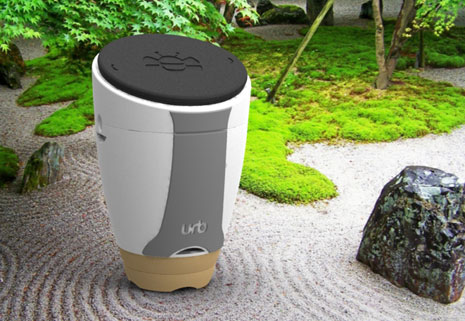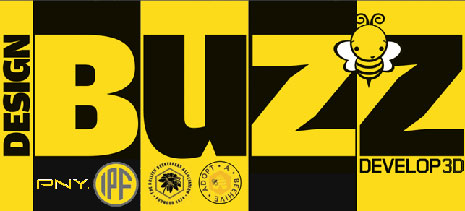
There has been a lot of coverage on our blog in the last couple of weeks about New Designers however, I have one more to add to the mix – an urban beehive designed by an industrial design student at Loughborough University.
I obviously made a beeline (sorry!) for the Urb because being an amateur beekeeper, I’m interested in anything bee related. Chatting to its designer, Chris Weir, on the stand I soon realised why he wanted to tackle a beehive as his final year project. “Over the years I have looked through degree show books and been to exhibitions and I believe that similar projects tend to crop up each year, this drove me to tackle something out of my comfort zone.”
“Also at the start of the project there was a national decline in honey bees in the UK, this along with the fact it’s become fashionable to be sustainable in the urban environment made me realise that the project could become desirable and has a growing market.”

Although Weir had no prior experience of beekeeping, he felt this played in his favour as he could come at it unblinkered. He also didn’t just rely on information he found on the web but actually went and spent half a day with a beekeeper in his apiary. He stayed in touch with this beekeeper and also consulted other beekeepers during the development of his project.
“During my research and my time at the apiary I began to understand that honeybees aren’t as ‘scary’ as I first thought, this was proved by the lack of protective clothing I had to wear on site. This led me to feel that the Urb product and brand could be used to help educate people about the importance of honey bees in a natural and unobtrusive way.”
An obvious difference between the Urb and more traditional hives is its cone shape. Coming at it from an unexperienced point of view, Weir couldn’t understand why hives are box shape as naturally bees wouldn’t build their comb in a perfect square, a shape that obviously benefits the manufacturer more than the bee. So, with inspiration from the African mud beehives and the cone-like shapes bees naturally produce, he opted for a more rounded and organic shape.
His design also includes technology within it as he wanted it to appeal to the experienced beekeeper as well as the novice. “After asking beekeepers on online forums what innovations they would like to be implemented, a vast majority mentioned cameras and temperature monitors. Therefore the final design includes a wireless infrared camera and a temperature gauge that can be viewed through the viewing window or on the live video stream on a PC or smart phone.”
Weir designed his model using Pro/Engineer with final touch ups done in SolidWorks. A rough full-scale prototype (600mm) was first produced in order to evaluate the design before utilising the FDM machine within Loughborough University’s Design School, to create a prototype 40% of the intended size. This is the prototype that he took to New Designers.

There is no doubt that Weir’s design for a beehive is very unique. I think the in-built camera is a novel idea as I’m forever photographing my bees so that I can upload photos onto my blog. Also, monitoring the bees remotely is very clever too. But, on the note of not wearing protective clothing – although the bees Weir visited may seem very ‘tame’ as they are probably a certain breed of bee I, although limited my experience may be, would absolutely not recommend this.
Although traditionalists might find holes to pick in Weir’s concept, I love that he has decided to create a solution to entice urban-ites into keeping bees. I think it’s an attractive and sympathetic design that will make a great addition to any urban garden or rooftop.
Weir is currently looking for commercial help in developing his concept, so if anyone can give advice or would like to help him out, you can drop him a line. Details are on his website.
And, on the subject of rebranding beekeeping, the deadline for our DesignBUZZ competition is on Monday 30th July, so you have the weekend left to get your entries for a redesigned beekeeping tool over to us.







